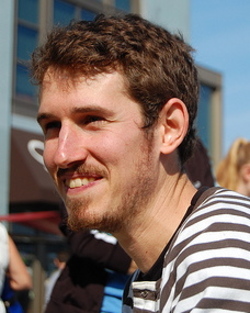
The problem of determining whether one sentence in a natural language intuitively follows from another -- in the sense that one could not accept the second without also being committed to the first -- would seem to require vast amounts of common sense and world knowledge to solve in general. However, a wide range of entailments seem to follow general patterns that arise from purely grammatical or surface considerations, e.g. from the way various functional, or logical, expressions combine with other words to make up complex expressions and sentences. Formal semantics has largely been concerned with characterizing, systematizing, and formalizing the subtleties of these compositional semantic phenomena, by translating fragments of natural language into familiar logical systems or by directly interpreting expressions model-theoretically. While entailment between sentences often serves a subsidiary role as a test or guide, characterizing entailment patterns per se is not typically the goal.
Over the past several decades, a number of researchers have taken up the challenge of defining logical systems whose syntax more closely mirrors that of natural language, e.g. by stating proof rules over (often syntactically parsed) natural language expressions themselves. This general project, sometimes called "natural logic", has been associated with a varied assortment of aims. First, some see the project as offering proposals for how phenomena studied in formal semantics could relate more closely to human psychology, e.g. dealing with mental representation and human inferential capacities. Second, a recent wave of exciting research has been motivated by the need to build efficient computational systems for reasoning about entailment between texts, the idea being that the top-down methodology of using surface information to guide inference may have advantages over full "deep level" interpretation in some cases. Finally, a third motivation is simply that the project gives rise to a number of interesting logical systems worthy of study in their own right. This course will survey a selection of this work, focusing on logical foundations, but also addressing applications and potential repercussions for philosophy and psychology of language, and computational semantics along the way.
http://www.stanford.edu/~icard/
Basic familiarity with logic and lambda notation should be sufficient. The course is intended to be introductory and widely accessible.
To get some sense for some of what the course will be about, one might take a look at the following surveys by Johan van Benthem and Larry Moss:
Thomas Icard |
Email: icard (AT) stanford (DOT) edu
Homepage: http://www.stanford.edu/~icard/
Bio:I am a Ph.D. student in Philosophy and Symbolic Systems at Stanford University. Up to now I have worked mostly in logic, though I am interested in all the areas represented at NASSLLI.
|